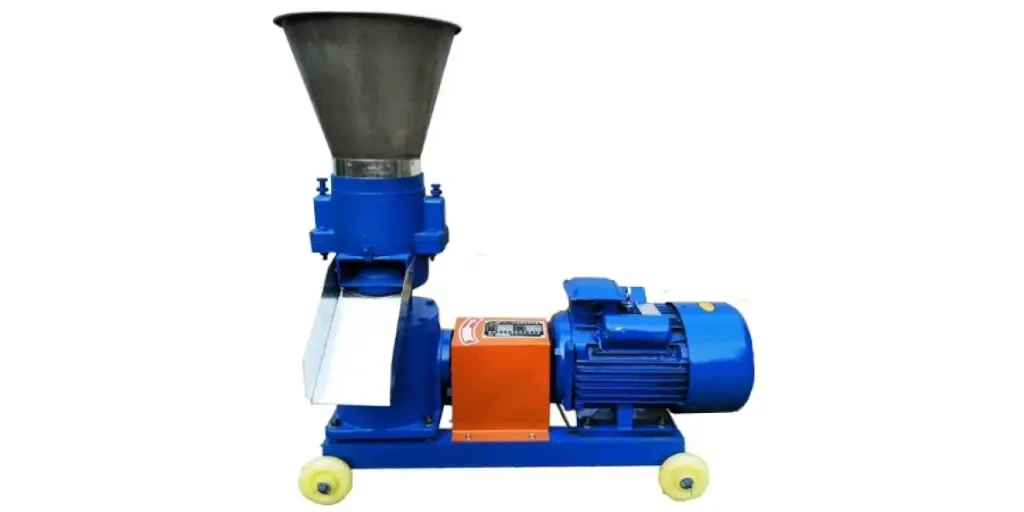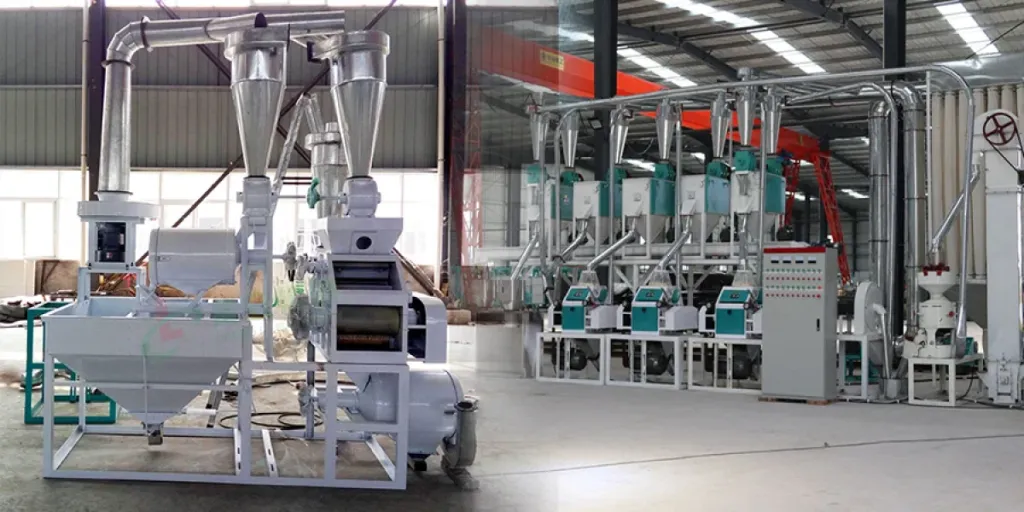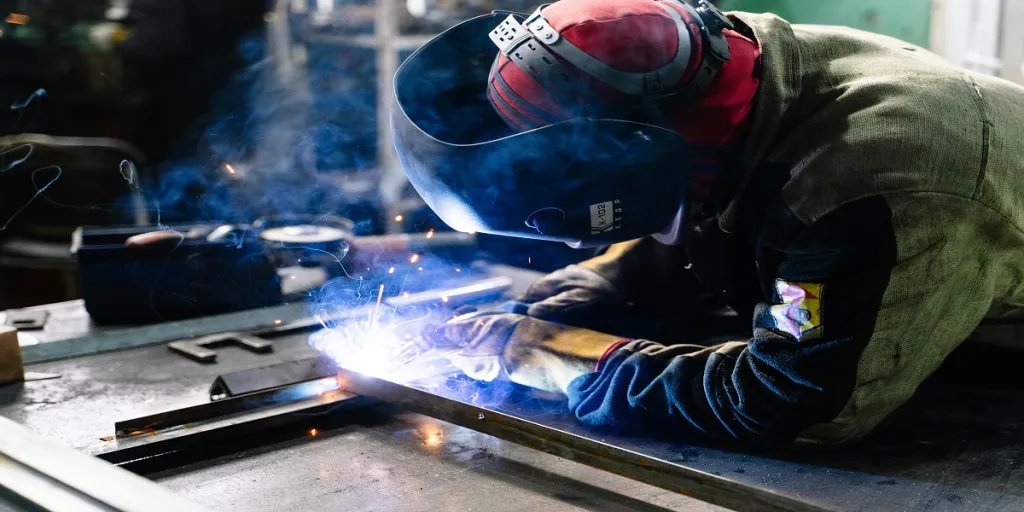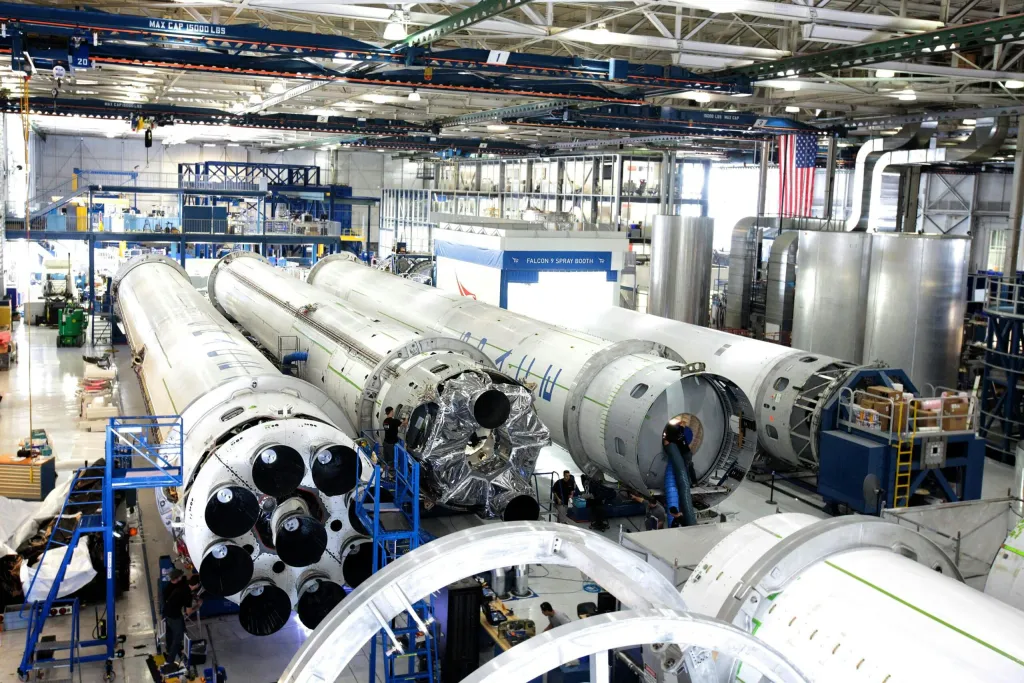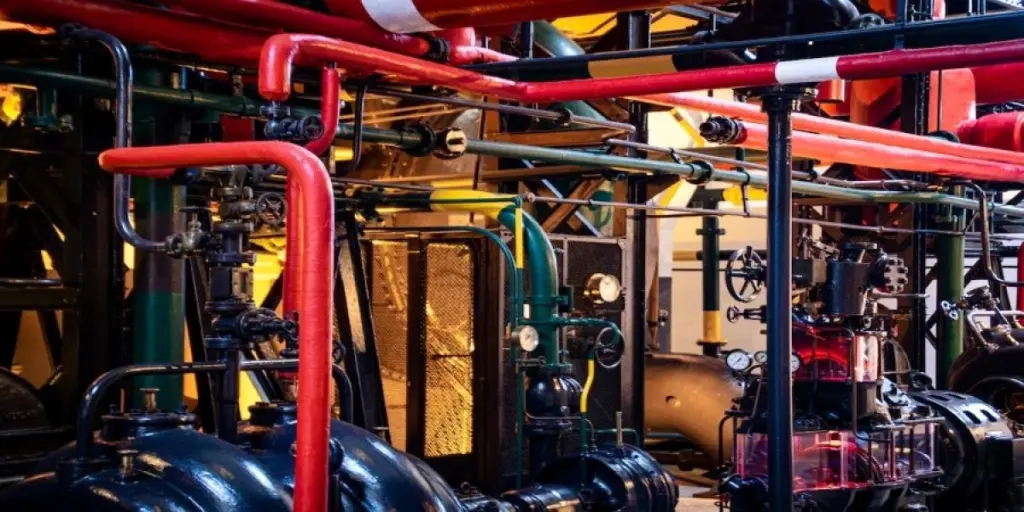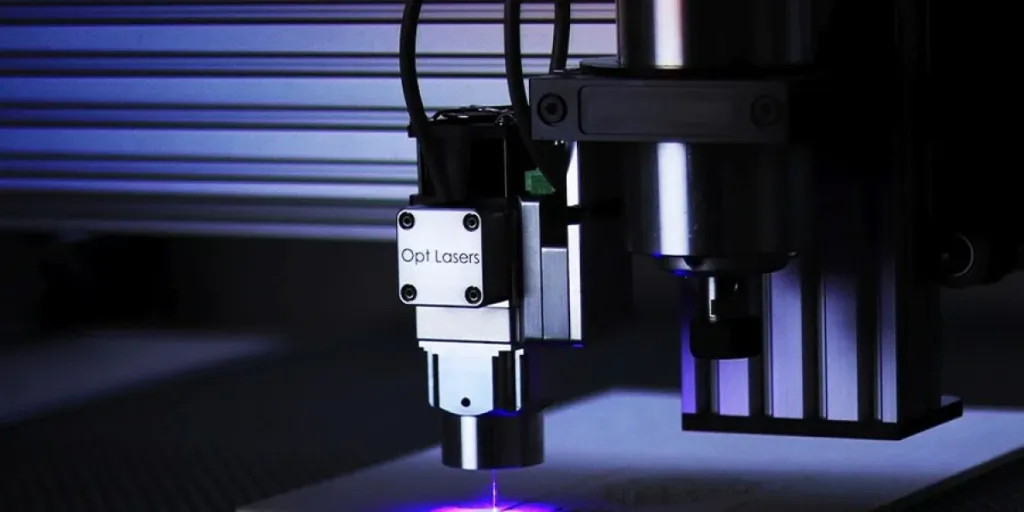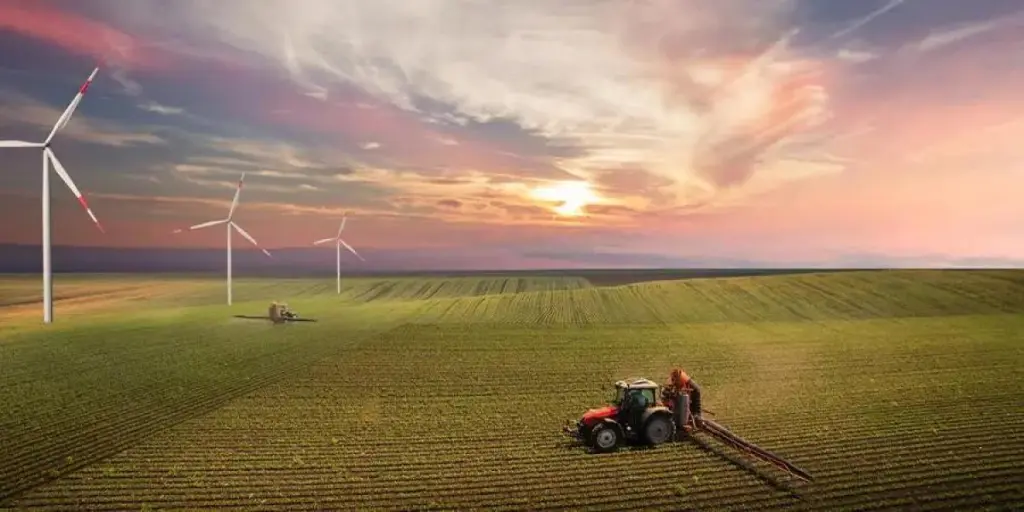Fast food is popular worldwide, and commercial deep fryers have become a piece of essential equipment in any commercial kitchen. Fryers come in various sizes, types, and designs, each with its own set of features and applications. Read this guide to gain a thorough understanding of commercial fryers.
Table of Contents
Overview of the global commercial fryer market
Types of commercial fryers
Commercial fryer designs
Energy-efficient fryers
5 factors to consider when selecting fryers
Conclusion
Overview of the global commercial fryer market
The global commercial fryer market was valued at US $487.6 million in 2918 and is expected to grow at a compound annual growth rate (CAGR) of 3% to reach US $612.5 million by 2026. Deep fryers with timers, alarms, and automated machines that raise and lower the basket in and out of the oil are becoming increasingly popular. Furthermore, deep fryers with built-in ventilation systems and oil filtration systems to improve oil re-usability have been trending in the market.
North America, Europe, and Asia-Pacific have the largest market shares due to the significant presence of restaurants and the high consumption of fried foods. Avantco Equipment, Electrolux Professional, Falcon Foodservice, and Middleby Corporation are among the major players in the fryer market.
Numerous commercial fryers are available today; however, determining which is best for one’s needs can take time and effort. Check out this guide to learn more about commercial fryers.
Types of commercial fryers
1. Deep-fat fryers
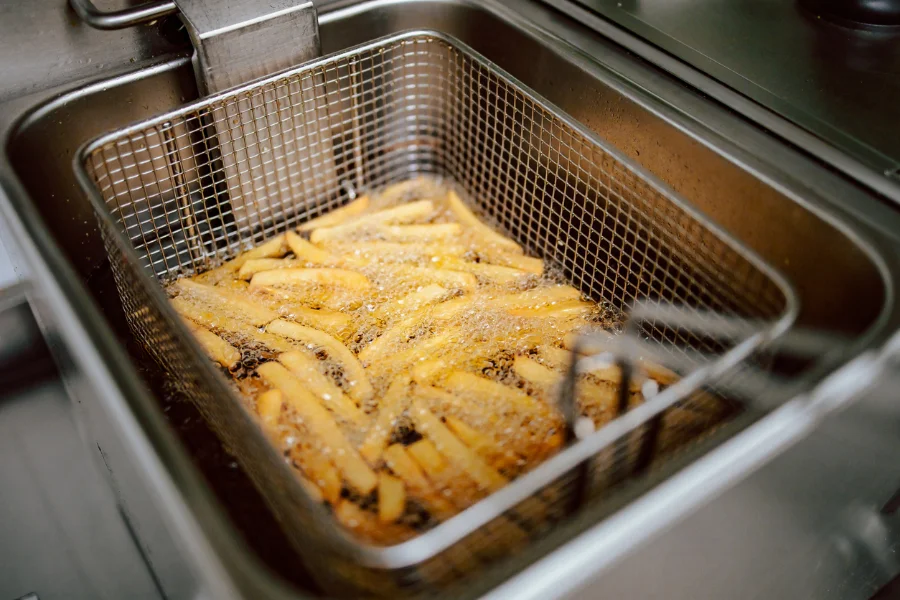
In the food service industry, commercial deep-fat fryers are the most popular option. They are available in both electric and liquid propane or natural gas versions. Freestanding floor models and countertop models are additional choices.
Usually, they come with one or two wire baskets made of stainless steel or nickel plate. They are placed outside the fryer and submerged in the shortening while cooking. Many include thermostat controls and a timer to make cooking easier.
2. Pressure fryers
Pressure fryers, while not as popular as deep-fat fryers, have unique features and benefits. They are ideal for environments where speed is essential. Pressure fryers, unlike traditional fryers, use a cover to seal and insulate the shortening and product inside.
When the food is inserted, it heats up, and the natural moisture vaporizes into a steam barrier, slowing the shortening’s saturation. The steam then begins to create pressure, gently cooking the product.
3. Conveyor fryers
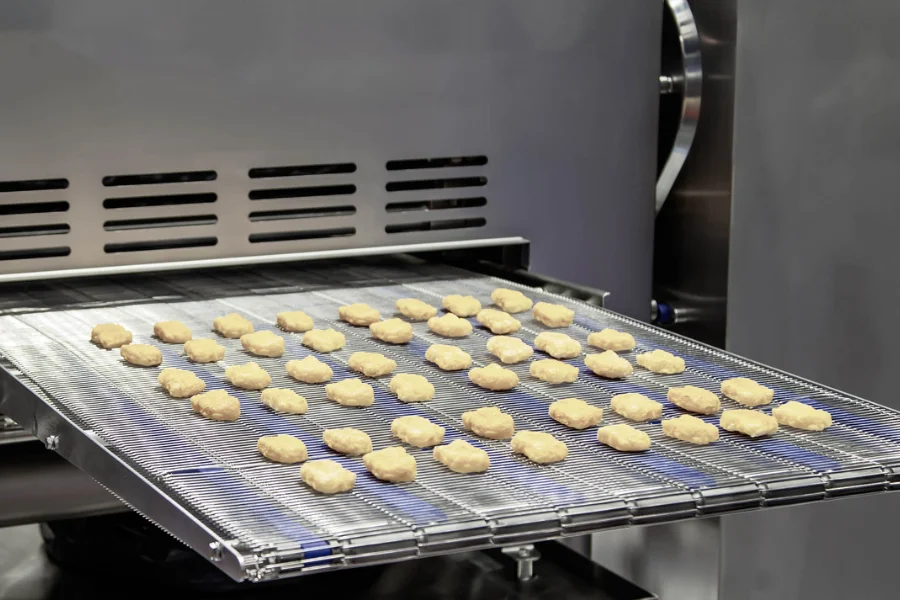
They are ideal for high-volume tasks requiring large batches in a short time. They use a conveyor belt system to move the product through the cooking cycle without human intervention.
The food is placed on one end of the conveyor and transported through the shortening-filled tank, depositing fried products on the other end. After that, the frying baskets return to the front for a second round. The operator can control the speed and cooking process using the control panel.
4. Air fryers
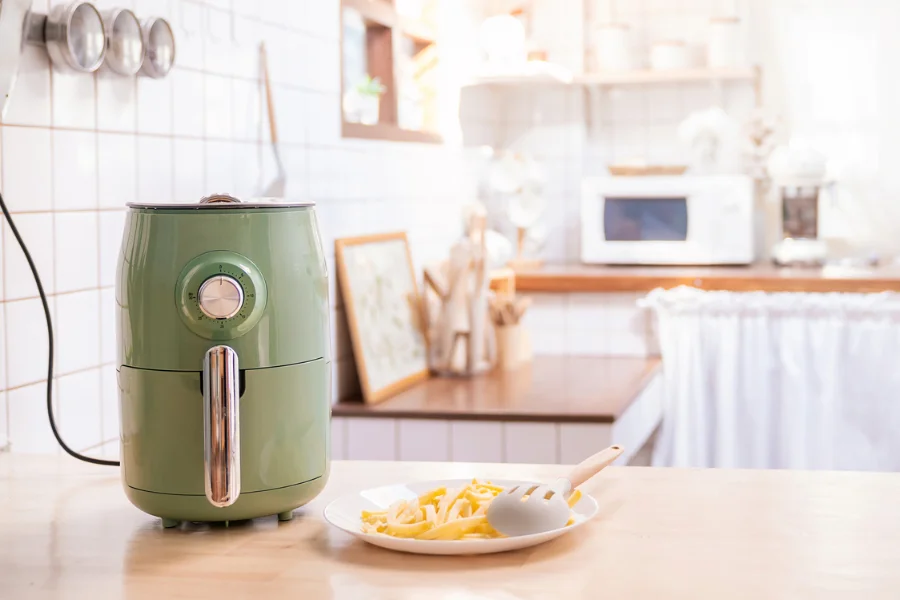
They are compact countertop appliances that run on little oil in a mounted drum inside a sealed compartment. They use convection heat technology to force air through frozen products and fry small portions in smaller batches.
Air fryers do not require type 1 ventilation hoods because they do not emit vapor or smoke and do not pose a fire hazard. They are perfect for preparing smaller meals in food trucks, kiosks, and other constrained spaces.
Commercial fryer designs
The bulk of commercial fryers falls into one of the three categories:
Open-vat fryers: These fryers are versatile and suitable for frying a wide range of foods, such as French fries, egg rolls, cheese sticks, wings, and so on. The term ‘open-vat’ refers to the fryer’s unobscured heating area. This fryer has a cold zone at the bottom where food particles settle without further degrading the oil; however, the cold zone in open-vat fryers is much smaller. It quickly overflows, especially with items heavily coated in breadcrumbs or batter.
Tube-type fryers: These fryers have a wider cold zone, so they are well suited for heavily breaded items like battered foods. Although tube-type fryers can perform the same functions as open-vat fryers, they are more difficult to clean. This is because they have several heating elements attached to the bottom of the fryer, which may necessitate special cleaning brushes.
Fat-bottom fryers: They’re best for specialty items that float near the surface, like funnel cakes and tempura. These fryers have a flat, shallow, open bottom, but no sediment zone. Thus, they are unsuitable for high-volume tasks.
Energy-efficient fryers
Gas fryers heat up faster than electric alternatives and may cost less to operate depending on the area’s price and availability of natural gas. However, once at their primal cooking temperature, electric fryers hold that temperature better than gas fryers. Because they are not connected to a gas line, they are more efficient and easier to transport. In addition, open-vat electric fryers have a heating element inside the fryer pot that can be lifted for cleaning.
Energy-efficient fryers with infrared technology, heat reclamation technology, insulated fryer pots, and advanced burners for optimal energy conservation are in high demand. Energy-saving technology is now available in both electric and gas fryers, and they can significantly cut operating costs.
5 factors to consider when selecting fryers
1. Tank size and capacity
The size is unimportant if the fryer tank is primarily used for smaller individual items. However, when frying larger items, the size of the fryer tank must be considered to determine whether it can accommodate the required items.
This is especially important for specialty items with larger dimensions. The tank size determines the capacity of the fryers, and the amount of oil the fryer can hold is a gauge of its capacity. Commercial fryers typically hold 40 pounds of oil.
2. Recovery time
It is the time it takes for the oil temperature in a commercial fryer to return to the optimum cooking temperature after submerging food in the oil. If this process takes too long, the food will become greasy and saturated, absorbing more oil per use cycle. The faster the oil returns to operating temperature, the more efficient the air fryer and the shorter the cycle time.
3. Filtering system
The fryer oil should be filtered periodically as it deteriorates due to heat, oxygen, food particles, and water. Filtering is important as it preserves the quality and flavor of the food. Manual filtering, however, can be messy and dangerous and require a trained professional to do the job.
Luckily, automated fryers have a self-filtration system that, with the push of a button, turns off the heat, drains the oil, filters it using an onboard filtering system, and then refills the fryer. They can also be set to filter at predefined intervals.
4. Fryers with low oil consumption
Due to all the advantages we’ve already covered, low-oil volume fryers are becoming increasingly popular. These devices use less oil to produce the same amount of food. They have a shallow fryer pot and an automated filtering system that keeps sediments out of the cold zone. This ensures that food quality and cooking speed are maintained using less labor and oil.
5. Ventilation
Frying generates smoke, heat, steam, and odors, necessitating proper ventilation regardless of whether the fryer is gas or electric. Many install type 1 hoods typically mounted on the ceiling for air circulation. Ventless fryers are becoming increasingly popular today. They have built-in hood systems mounted above the fryer pot, as well as multiple filters that cool and clean the fryer exhaust.
Ventless fryers are ideal in kitchens where it’s difficult to install ceiling ventilation. For instance, they are frequently used in kitchens with low ceilings or in high-rise buildings. They are, however, more expensive than conventional fryers and less expensive than installing a new type 1 hood system.
Conclusion
To select the best fryer for a commercial establishment, one needs to take into account several factors, including capacity, size, cost, and maintenance. This article has covered some essential points one must consider before making a purchase. Check out the top commercial dryers on Alibaba.com.

